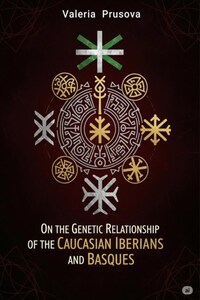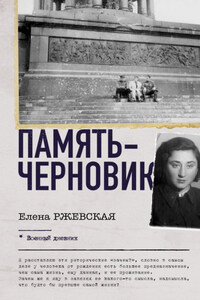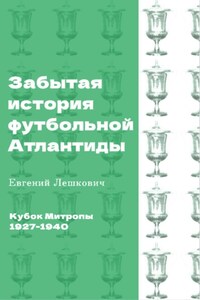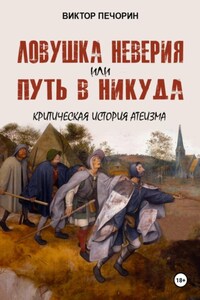From the mid-19th century to the present day, scholars have attempted to prove or disprove the reality of the relationship between the Basques and the Iberians, trying to determine the ethnic roots of these two peoples through archaeological, ethnographic, and anthropological data.
"The Basque-Iberian problem is now a problem of worldwide significance," wrote V.F. Shishmarev in 1948. "The problems arising over Basque and its other 'prehistoric' brethren are theoretically so valuable and important that their specter unwittingly troubles European linguistics, especially in the last two decades in connection with the political role of national minorities." /1/
The long-standing interest in the Basques in Western European science is due to the fact that they are the only people in Southwestern Europe whose language does not belong to the Indo-European language family. This interest grew when parallels with the languages of the ancient Eastern civilizations of Sumer and Akkad were found in the roots and structure of the Basque language. /2/
A hypothesis of the Mediterranean origin of the Basques arose, comparing them with the Caucasian peoples, whose origins scholars trace to the Near East and Mesopotamia (Georgians, Mingrelians…). /3/
From this time (19th century), a special interest in Caucasian languages and peoples emerged in European science (mainly in linguistics).
However, as G.A. Klimov writes, "Caucasian linguistics has long acquired an unenviable reputation as a sphere of many unfounded… genetic constructions." /4/
According to G.A. Klimov, N.Ya. Marr, and K.D. Dondua, this situation in Caucasian linguistics is because there are few specialists among European scholars studying the Caucasus who are genuinely proficient in Caucasian languages.
"Throughout the entire 19th century, it was hardly possible to count two or three linguists who fully mastered the Caucasian material." /5/
From the multitude o f early genetic constructions of this kind, one can mention the opinion of F. Bopp on the belonging of the Kartvelian language to the Indo-European languages /6/, F. Hommel's position on an "Alarodian" family comprising many ancient languages of the Near East, the Mediterranean, and the Caucasus; /7/ the development of ideas of a Caucasian-Etruscan kinship by V. Thomsen and a Caucasian-Elamite kinship by R. Winkler, the Caucasian-Urartian hypothesis of F. Lenormant and A.H. Sayce. /10/
Many similar constructions were proposed in the first half of the 19th century. These include, in particular, the broad Caucasian-Semitic construction of A. Trombetti /11/, the famous Kartvelian-Semitic concept of N.Ya. Marr, the opinion of R. Bleichsteiner on the genetic connection of Caucasian languages with the Burushaski language /13/, the viewpoint of E. Forrer and J. Mészáros on the relationship between the Hattic language of ancient Anatolia and the Abkhaz-Adyghe languages, /14/ the opinion of A. Paizat on the kinship of the Nakh-Dagestanian languages with Urartian on one hand, and with Sino-Tibetan on the other /15/, various comparisons of Caucasian material in numerous publications by K. Bouda, /16/ the Basque-Caucasian-Yeniseian construction of O.G. Tailleur, /17/ the opinion of M. Tsereteli on Sumerian-Kartvelian kinship, /18/ and the assumptions of I.M. Diakonoff about the kinship of Hurro-Urartian and Nakh-Dagestanian languages. /19/
A few words must be said about the Nostratic hypothesis in the part where it operates with Kartvelian material. According to this hypothesis, the Kartvelian languages are distant relatives of the Indo-European, Afro-Asiatic, Dravidian, Uralic, and Altaic languages. /20/












